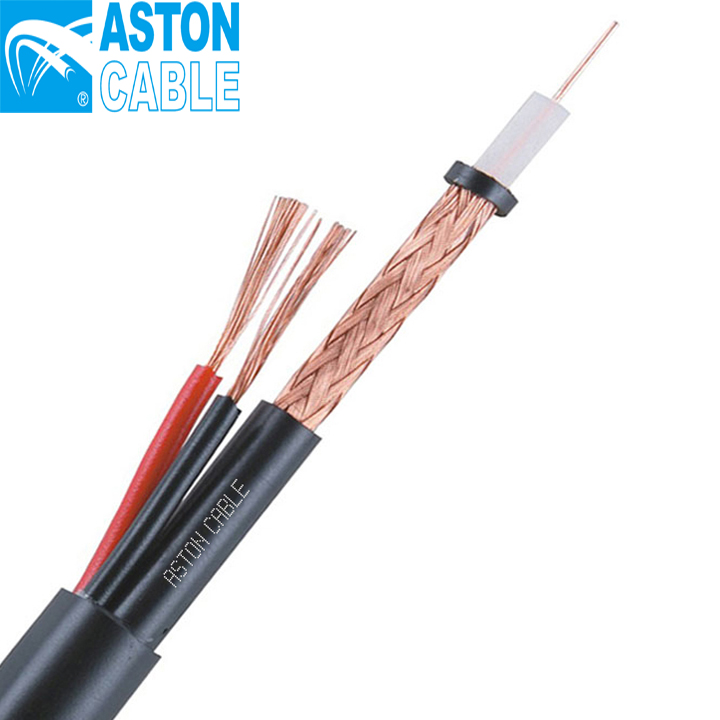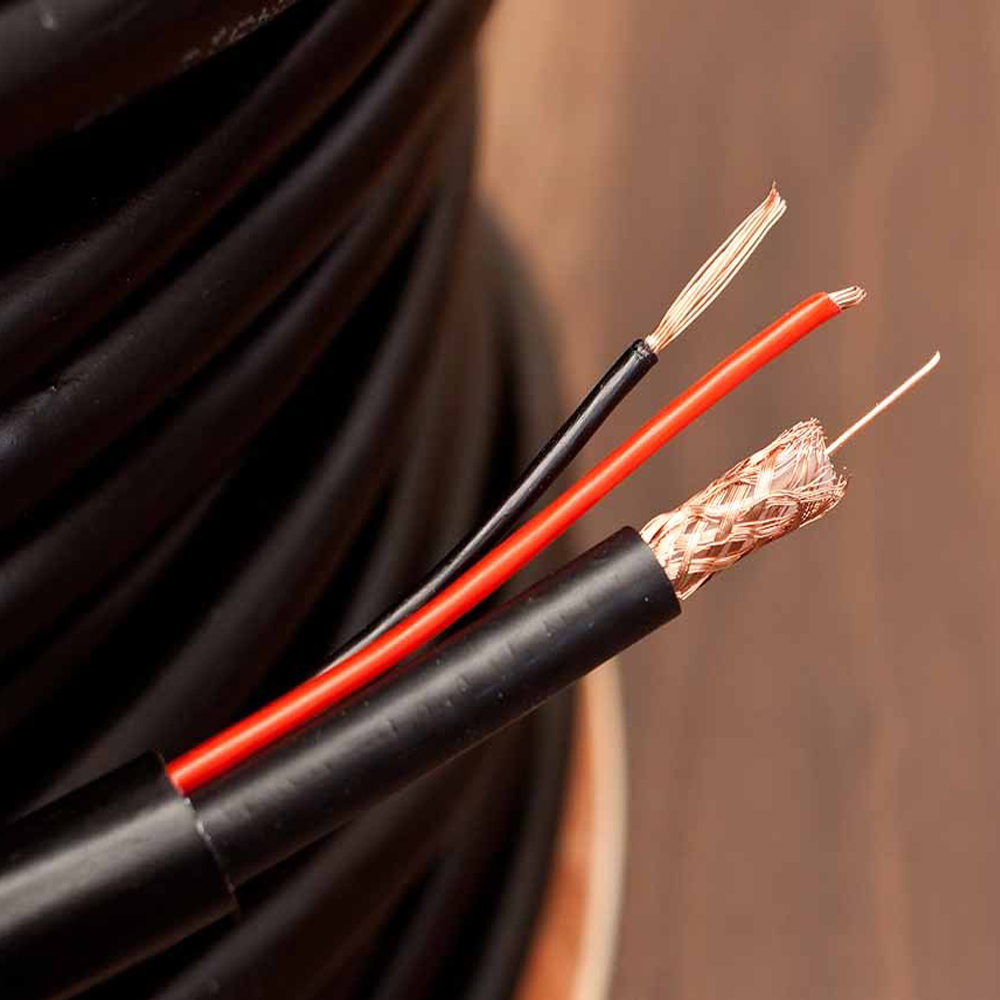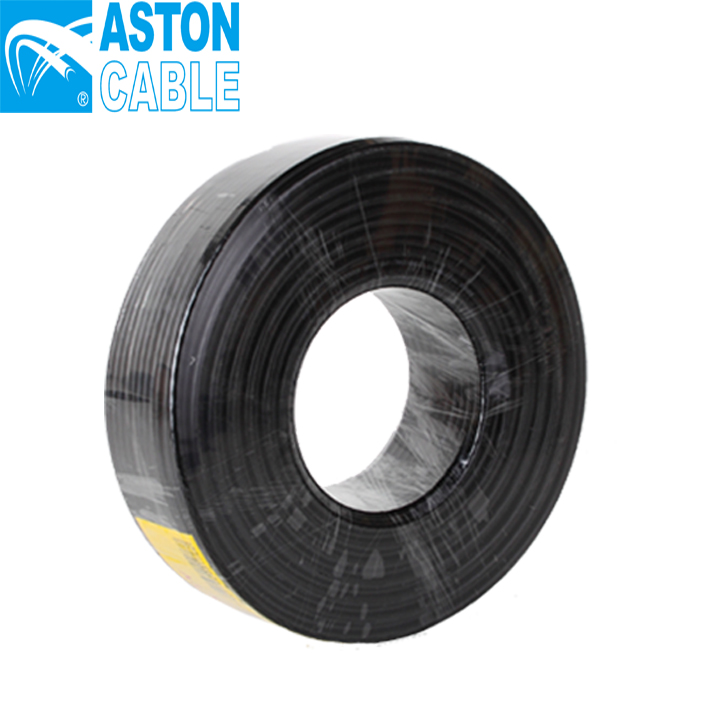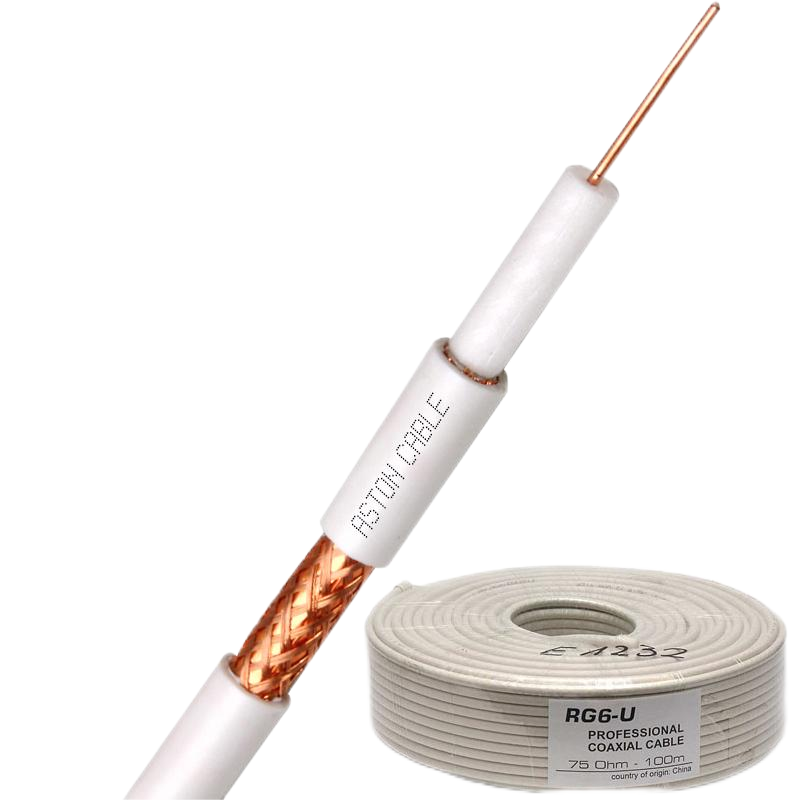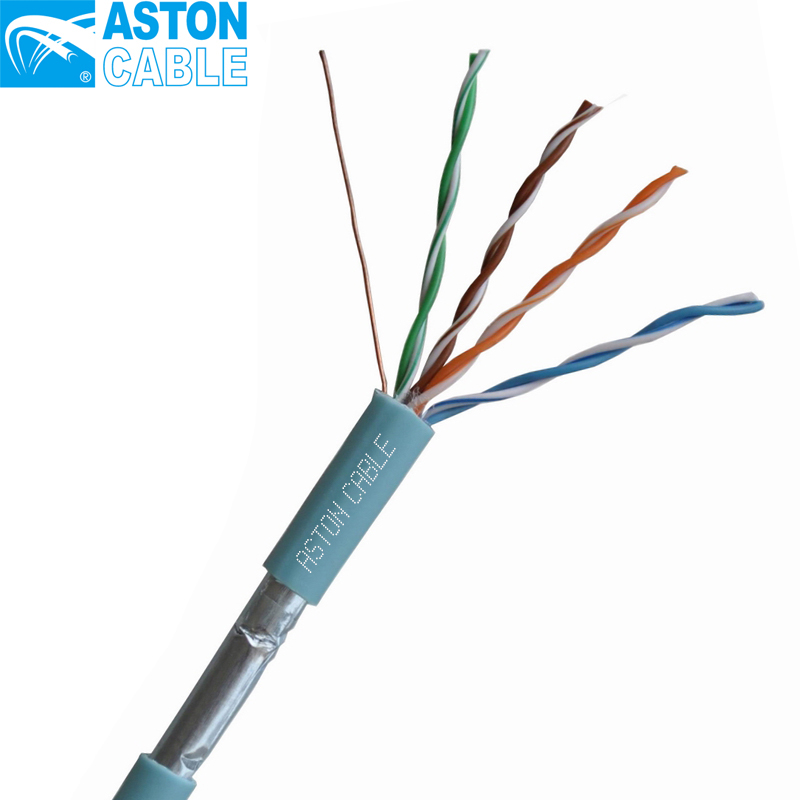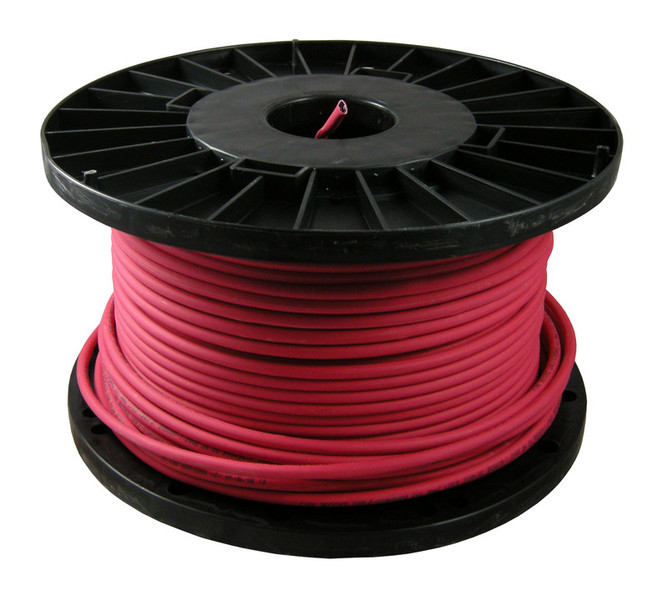Product Main Parameters
| Parameter | Details |
|---|---|
| Inner Conductor | 0.81mm 20AWG CCS |
| Dielectric | 3.7FPE |
| Shield | Bonded aluminum foil 128x0.12 AL/CCA braiding |
| Jackets | PVC for indoor/Black PE for outdoor |
| Impedance | 75 ohms |
Common Product Specifications
| Specification | Details |
|---|---|
| Operating Frequency | Up to 3 GHz |
| Color | Customized |
| Weight | 5.2KG/100m |
Product Manufacturing Process
Modern coaxial cable manufacturing for CCTV systems involves precision engineering to ensure signal integrity and durability. Beginning with the inner conductor, high-grade copper or copper-clad steel is utilized for optimal conductivity. A dielectric insulator is added to maintain the conductor's position and minimize signal loss. The shielding is often a combination of aluminum foil and woven strands of aluminum or copper, providing robust EMI protection. The outer jacket, designed for either indoor or outdoor environments, protects against physical damage and environmental effects. Quality control measures and rigorous testing at each stage ensure compliance with international standards.
Product Application Scenarios
As a critical component in CCTV systems, coaxial cables are employed in various settings, from residential security installations to large-scale surveillance networks. Their ability to transmit high-quality video signals with minimal interference makes them ideal for environments requiring reliable monitoring, such as retail stores, industrial sites, and educational institutions. CCTV installations, urban infrastructure monitoring, and government facilities rely on coaxial cables for consistent and clear video feeds. Furthermore, in hybrid analog-digital systems, they serve as the backbone for integrating legacy equipment with modern technology.
Product After-Sales Service
We offer comprehensive after-sales support, including technical assistance, installation guidance, and troubleshooting. Our dedicated service team ensures that any issues are resolved promptly, enhancing customer satisfaction and maintaining system reliability.
Product Transportation
Our coaxial cables are packaged in coil reels, plastic drums, or wooden drums, with customizable packaging options to suit delivery needs. They are shipped from the port of Ningbo, with established supply chains ensuring timely delivery and careful handling to prevent damage during transit.
Product Advantages
- Excellent signal quality with minimal interference.
- Cost-effective solution for both new and retrofit projects.
- Durable construction suitable for various environmental conditions.
- Easy to install and maintain, with flexible usage options.
FAQ
- What is the primary use of RG59 coaxial cable for CCTV? RG59 coaxial cable is primarily used for transmitting video signals in CCTV systems due to its flexibility and cost-effectiveness over short distances.
- Can coaxial cable for CCTV be used outdoors? Yes, with the appropriate jacket material such as PE, our coaxial cables are suitable for outdoor installations, offering protection against environmental elements.
- What is the difference between RG6 and RG59 coaxial cables for CCTV? RG6 cables are thicker and provide better signal quality over longer distances compared to RG59, making them suitable for larger installations.
- What is the lifespan of a coaxial cable for CCTV? With proper installation and protection, coaxial cables can last for many years, typically around 10 to 20 years, depending on environmental conditions and usage.
- Is special equipment needed to install coaxial cable for CCTV? Basic tools such as cable strippers and crimpers are needed for installation, with connectors like BNC being the standard for termination.
- What are common issues faced with coaxial cable installations? Common issues include signal loss due to long cable runs and improper termination, both of which can be mitigated with correct installation practices.
- Can existing coaxial cables be used in new CCTV installations? Yes, older cables can often be reused in new setups, particularly if they are in good condition and suitable for the new system's requirements.
- How does coaxial cable compare to twisted pair cables for CCTV? Coaxial cables offer better interference protection and are typically more robust, whereas twisted pair cables are less bulky but might not provide the same signal quality.
- What maintenance is required for coaxial cable for CCTV? Regular inspection for physical damage and ensuring connectors are secure are part of routine maintenance to ensure long-term performance.
- Are there any environmental regulations regarding coaxial cable disposal? Compliant with RoHS and other regulations, proper recycling or disposal according to local guidelines is encouraged to minimize environmental impact.
Hot Topics
- Why Choose Coaxial Cable for CCTV Systems? The debate over the efficacy of coaxial cables often centers on their balance of durability and performance. Leading manufacturers highlight coaxial cable's ability to maintain signal integrity over significant distances while offering a cost-effective solution compared to digital alternatives. Users appreciate the straightforward installation process and robust design, which withstands various environmental challenges. Given these factors, coaxial cables remain a preferred choice in both new and retrofitted security systems.
- Transitioning from Analog to Digital: The Role of Coaxial Cable As security systems evolve from analog to digital formats, the role of coaxial cable manufacturers becomes increasingly significant. Coaxial cables are integral in hybrid systems where existing infrastructure is utilized alongside state-of-the-art digital components. This transition enhances system capabilities without incurring prohibitive costs, making it an attractive option in budget-constrained projects.
- Understanding Signal Loss in Coaxial Cable for CCTV A critical consideration for manufacturers of coaxial cable for CCTV is addressing signal degradation over long distances. Innovative designs and materials help mitigate this issue, ensuring minimal loss and high-quality transmission. This understanding informs system design choices, especially in large-scale installations where distance is a major factor.
- Environmental Considerations for Outdoor CCTV Installations Outdoor installations present unique challenges that manufacturers of coaxial cable must address. Factors such as temperature fluctuations, moisture, and exposure to physical elements can impact cable performance. High-quality coaxial cables are designed to withstand these conditions, offering reliable performance and longevity in outdoor environments.
- Cost-Effectiveness of Coaxial Cable in Modern CCTV Systems Despite the rise of digital alternatives, coaxial cable for CCTV remains a popular choice for its cost-effectiveness. Manufacturers emphasize the reduced need for additional infrastructure investment, allowing for budget-friendly installations without sacrificing quality or performance.
- Improving Security System Resilience with Coaxial Cable Security system resilience is paramount, and manufacturers of coaxial cable for CCTV enhance this through robust design and meticulous quality control. These measures ensure that cables perform reliably under various conditions, maintaining the integrity of security footage and overall system functionality.
- Future Trends in Coaxial Cable for CCTV Systems While digital systems continue to evolve, coaxial cable manufacturers are also innovating. Future trends point to enhanced materials and manufacturing techniques that improve performance and adapt to changing technological landscapes, ensuring continued relevance in the security sector.
- Comparing Coaxial Cable and Fiber Optic Solutions The choice between coaxial cable and fiber optics is a crucial decision in CCTV applications. While fiber optics offer unparalleled speed and capacity, coaxial cables provide a reliable and cost-effective alternative, particularly in environments where extreme data rates are not necessary.
- The Role of Coaxial Cable in Integrated Security Systems In integrated security systems, coaxial cables serve as a fundamental component, connecting analog devices with digital systems. This role underscores the adaptability of coaxial cables and their importance in creating seamless, comprehensive security networks.
- Quality Assurance in Coaxial Cable Manufacturing High-quality production processes are vital for manufacturers of coaxial cable for CCTV to ensure superior performance. Rigorous testing and adherence to international standards guarantee that cables meet requisite specifications for safe, effective security system deployment.
Image Description
